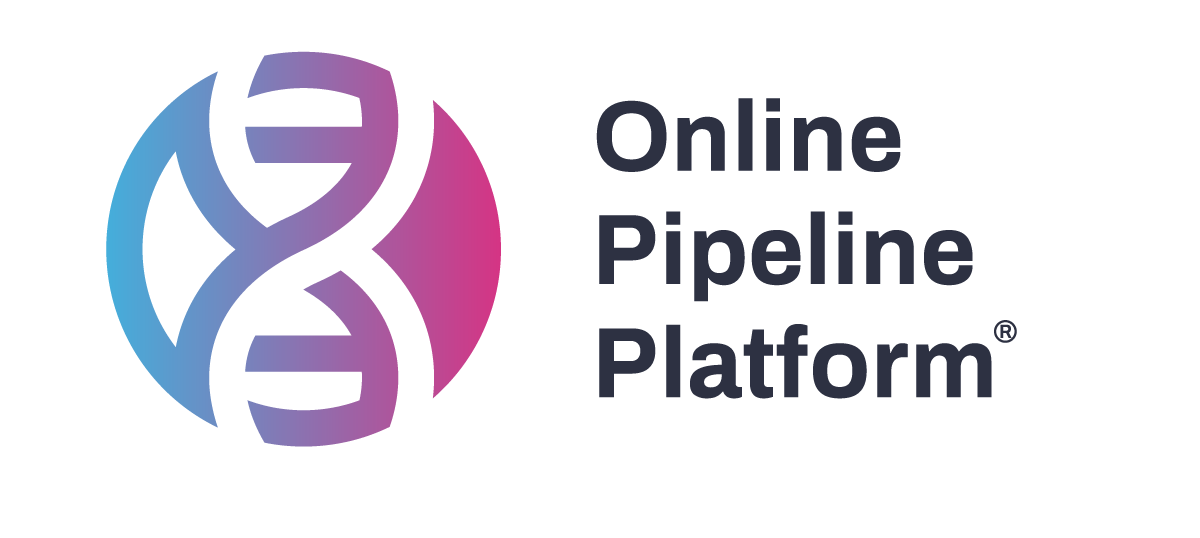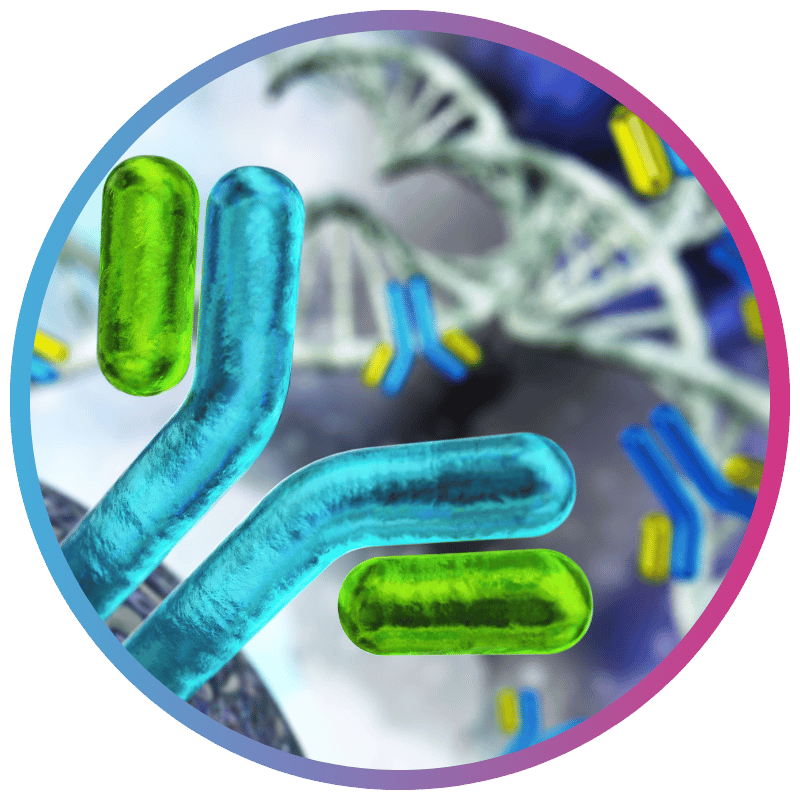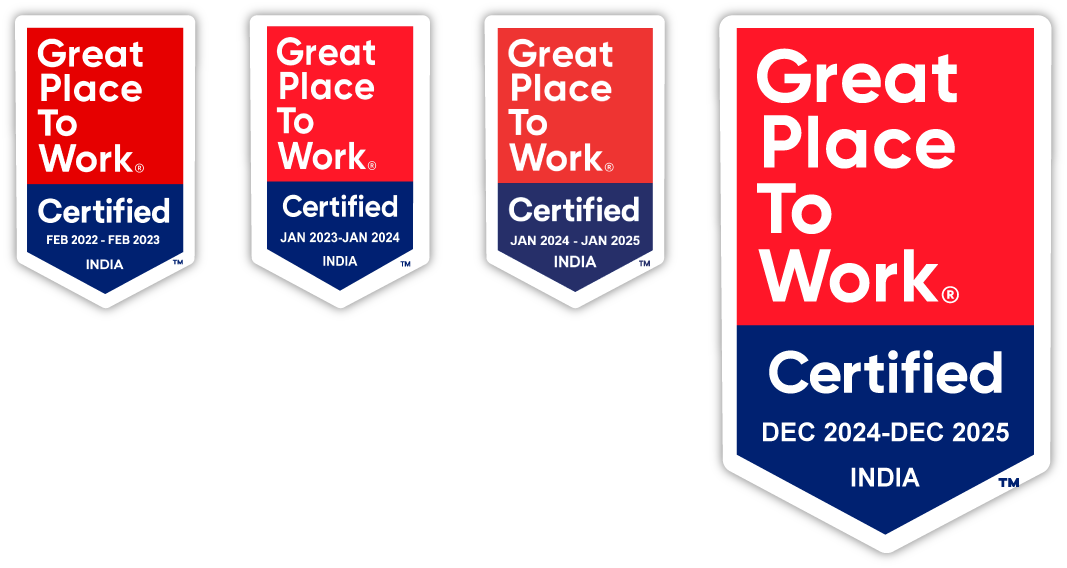Our immunomics pipeline supports enables the comprehensive analysis of adaptive immune receptor repertoire (AIRR) sequencing data, be it B-cell receptor (BCR), T-cell receptor (TCR), or 10x genomics (BCR) sequencing,. It processes raw RNA sequencing data to identify and annotate BCR and TCR sequences, including V(D)J gene usage, clonotype identification, and somatic hypermutation analysis. The workflow provides insights into clonal diversity, expansion, and immune repertoire dynamics, offering a deeper understanding of B- and T-cell responses in health and disease.

AIRR-Seq BCR bulk pipeline
The Bulk BCR Immune Repertoire Sequencing Pipeline is a comprehensive bioinformatics workflow for characterizing B-cell receptor (BCR) sequences, including critical regions such as the complementary determining regions (CDRs) that bind to antigens.
Detailed quality assessment of your immune repertoire data
Characterization of amino acid properties
Comprehensive overview of clonotype composition
Insights into gene usage patterns
Analysis of somatic hypermutation rates
Assessment of repertoire overlap
How the AIRR-Seq BCR bulk pipeline works
The workflow consists of pre-processing raw FASTQ sequencing data to generate standardized AIRR-TSV formatted alignments, followed by post-processing to provide deeper insights into the immune repertoire through clonotype determination and phylogenetic tree inference.

Pre-processing stage of AIRR-Seq BCR analysis
1. Input – Handles paired-end raw FASTQ files with V-region and C-region primer sequences
2. Sequence QC – Discards low-quality reads
3. Primer masking – Identifies and masks PCR primers
4. UMI processing – Generates consensus sequences when UMIs are used
5. Duplicate handling – Removes duplicate sequences and applies quality filtering
6. Alignment – Aligns sequences against the IMGT germline reference database
Post-processing stage of AIRR-Seq BCR pipeline
1. CDRH3 analysis – Visualizes overlap between files at the CDRH3 amino acid level
2. Clonotyping – Assigns clonotypes and visualizes clonotype composition and accumulation
3. Mutation analysis – Characterizes somatic hypermutations relative to germline sequences
4. Physicochemical properties – Analyzes protein interaction metrics focusing on HCDR3 properties
5. V Gene usage – Identifies and visualizes frequently used V genes
6. Diversity assessment – Infers clonal abundance distributions to assess repertoire diversity
7. Lineage tree construction – Builds phylogenetic trees for clonotypes using parsimony or IgPhyML methods
8. Biopanning analysis – Supports screening for high-affinity binders to specific targets
9. Clonotype tracking – Calculates fold changes in clonotype frequency across time points
10. Repertoire comparison – Analyzes immune receptor sequences shared between repertoires
AIRR-Seq TCR bulk pipeline
The Bulk TCR Immune Repertoire Sequencing Pipeline is a specialized bioinformatics workflow for characterizing the T-cell receptor (TCR) repertoire, providing insights into T-cell diversity and antigen recognition.
Comprehensive quality assessment of TCR repertoire data
Characterization of amino acid properties
Detailed overview of clonotype composition
Insights into gene usage preferences
Analysis of somatic hypermutation patterns
Assessment of repertoire overlap between samples
How the AIRR-Seq TCR bulk pipeline works
The workflow processes raw FASTQ sequencing data to produce standardized AIRR-TSV format alignments, followed by post-processing to provide detailed insights into the T-cell repertoire through clonotype determination and statistical analysis.

Pre-processing stage of AIRR-Seq TCR bulk pipeline
1. Input – Processes paired-end raw FASTQ files with V-region and C-region primer sequences
2. Sequence QC – Filters low-quality reads
4. Primer masking – Identifies and masks PCR primers
5. UMI processing – Generates consensus sequences when UMIs are present
6. Duplicate handling – Removes duplicate sequences and applies quality filtering
7. Alignment – Aligns sequences against the IMGT germline reference database
Post-processing stage of AIRR-Seq TCR bulk pipeline
1. CDRH3 analysis – Visualizes overlap between files at the CDRH3 amino acid level
2. Clonotyping – Assigns clonotypes and visualizes composition and accumulation curves
3. Mutation analysis – Characterizes mutations relative to germline sequences
4. Physicochemical properties – Analyzes protein interaction metrics for HCDR3 regions
5. V Gene usage – Identifies and visualizes frequently used V genes
6. Diversity assessment – Analyzes clonal abundance distributions to assess repertoire diversity
7. Lineage analysis – Builds phylogenetic trees for related sequence groups
8. Biopanning support – Enables screening for high-affinity binders
9. Clonotype tracking – Calculates clonotype frequency changes across time points
10. Repertoire comparison – Analyzes shared sequences between different repertoires
AIRR-Seq BCR 10x pipeline
The 10x BCR Immune Repertoire Sequencing Pipeline is a specialized bioinformatics workflow for characterizing B-cell receptor (BCR) sequences with single-cell resolution using 10x Genomics technology.
Single-cell resolution of B-cell receptor sequences
Somatic hypermutation characterization
Complete pairing of heavy and light chains
Comprehensive quality assessment
Amino acid property analysis
Visualization of phylogenetic relationships
Detailed clonotype analysis
Assessment of repertoire overlap between samples
Assessment of repertoire overlap
AIRR-Seq TCR bulk pipeline AIRR-Seq BCR 10x pipeline
The workflow consists of pre-processing raw data using 10x Chromium Cell barcodes and UMIs to assemble V(D)J transcripts per cell, followed by post-processing to provide deeper insights into the immune repertoire at single-cell resolution.

Pre-processing stage of AIRR-Seq BCR 10x pipeline
1. Input – Demultiplexes FASTQ files
2. Data processing – Processes Chromium Single Cell data with Cell Ranger to align reads and generate feature-barcode matrices
3. Alignment – Assigns V(D)J gene annotations using IgBLAST
Post-processing stage of AIRR-Seq BCR 10x pipeline
1. Clonotyping – Assigns clonotypes and visualizes clonotype composition and accumulation
2. Physicochemical analysis – Provides an overview of protein interaction metrics focusing on HCDR3 properties
3. Chain pairing – Identifies paired heavy and light chains for complete antibody characterization
4. Lineage analysis – Builds phylogenetic trees to show evolutionary relationships
5. Repertoire comparison – Analyzes overlap between different repertoires
Experience the future of bioinformatics analyses with Online Pipeline Platform (OP2) today!
Transform your research with OP²
Discover how OP² can accelerate your scientific discoveries.
Experience seamless NGS data analysis, powerful collaboration, and complete control—no commitment, no risk.
"*" indicates required fields
To access the online pipeline platform, log in here.


